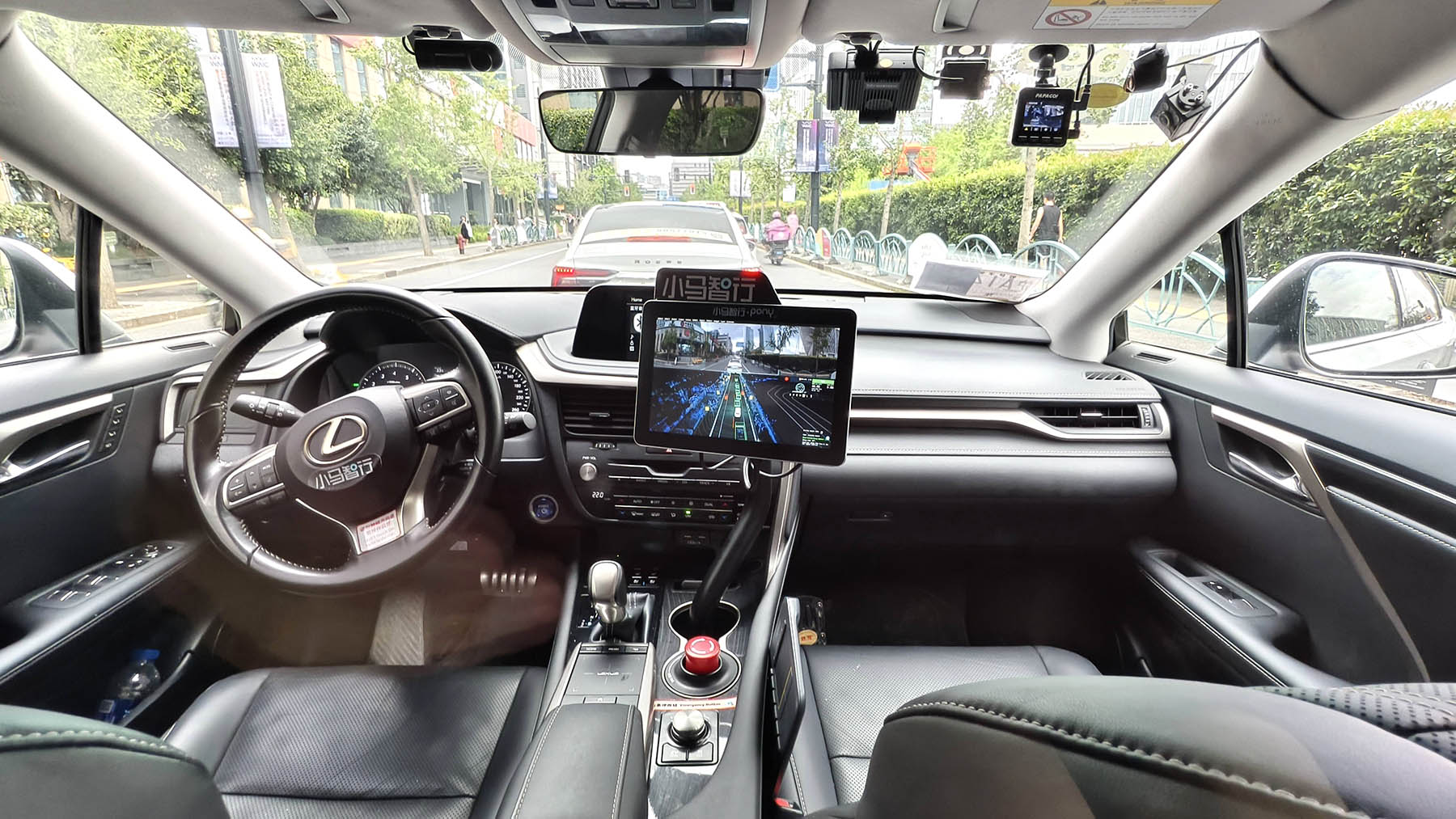As driverless taxis begin rolling through Beijing, Shanghai, and Guangzhou, the age of smart mobility seems closer than ever.
But behind the excitement are far more pressing questions: How smart is your car? And how responsible are you when behind the wheel?
 A robotaxi provided by Pony.ai/Image via China Daily
A robotaxi provided by Pony.ai/Image via China Daily
Following a tragic incident involving Xiaomi’s assisted driving system, China has moved to tighten regulations on smart driving technologies, from how they’re marketed to how they’re used.
So, before you switch on that high-tech cruise control, let’s bust a few myths... and look at what could get you into legal trouble.
Assisted Driving in China
Myth vs Fact
Myth 1
My car can drive itself.
Fact
Most vehicles today are equipped with Level 2 or 2+ systems. These require you, the human driver, to stay in control at all times.
No exceptions.
Myth 2
If there’s an accident, the system is to blame.
Fact
Private car owners are legally responsible.
Liability shifts to the developer only in some pilot zones (e.g., Nansha in Guangzhou for L4 robotaxis)—and even that’s strictly regulated.
Myth 3
Closing my eyes briefly isn’t a big deal.
Fact
Even 3–5 seconds of inattention during smart driving could be considered negligence, especially if it leads to an incident.
Myth 4
I can use my phone on speaker while smart driving.
Fact
Phone use, even hands-free, is risky. If you’re deemed to be distracted or inattentive, liability still falls on you.
Myth 5
If it’s called autopilot, it must be safe.
Fact
Not true, and no longer legal to claim.
Some brands used to lean heavily on terms like 'autopilot' or 'fully autonomous' to market their vehicles. But regulators have since cracked down—hard.
In the wake of Xiaomi’s rollout of the SU7, which initially advertised a feature as 'autopilot,' China’s Ministry of Industry and Information Technology (MIIT) made it clear: marketing language must accurately reflect the actual level of automation.
As a result, terms like 'autonomous driving' or 'driverless' are now restricted in commercial communications, unless the system meets real Level 4 or Level 5 standards under GB/T National Guidelines.
Most commercially available vehicles in China today—including Tesla, Xiaomi, and others—are still at Level 2—advanced driver assistance systems (ADAS) that require constant human oversight.
6 Things That Could Get You in Trouble
1. Taking your hands off the wheel for extended periods
Even with Level 2+, your hands are expected to be on the wheel.
2. Watching videos, playing games, or livestreaming
These actions can easily be traced through in-car sensors or footage. They’ve already led to fines.
3. Sleeping or closing your eyes, even briefly
Dashboard cameras and monitoring tech can detect this. In some cases, evidence of 'micro-sleep' has been used in court.
4. Tampering with the system (e.g. taping over cameras or seat sensors)
This is considered illegal interference with road safety tech.
5. Using your phone when the advanced driver assistance systems are switched on
Depends on the context, but even speaker use can be penalized if you’re found to be inattentive.
6. Letting the car handle complex traffic or poor weather alone
Most current systems are not trained for unexpected conditions, which means you’re still in charge.
Smart Driving is Here...
... and it’s not going anywhere. From smoother commutes to reduced fatigue, the benefits are real. But so are the risks.
Treat your car’s smart system like a co-pilot, not a chauffeur. And remember: in China, you drive, you’re liable.
READ MORE: Shanghai Launches 1st Fleet of Driverless Robotaxis
[Cover image via Canva]






















0 User Comments